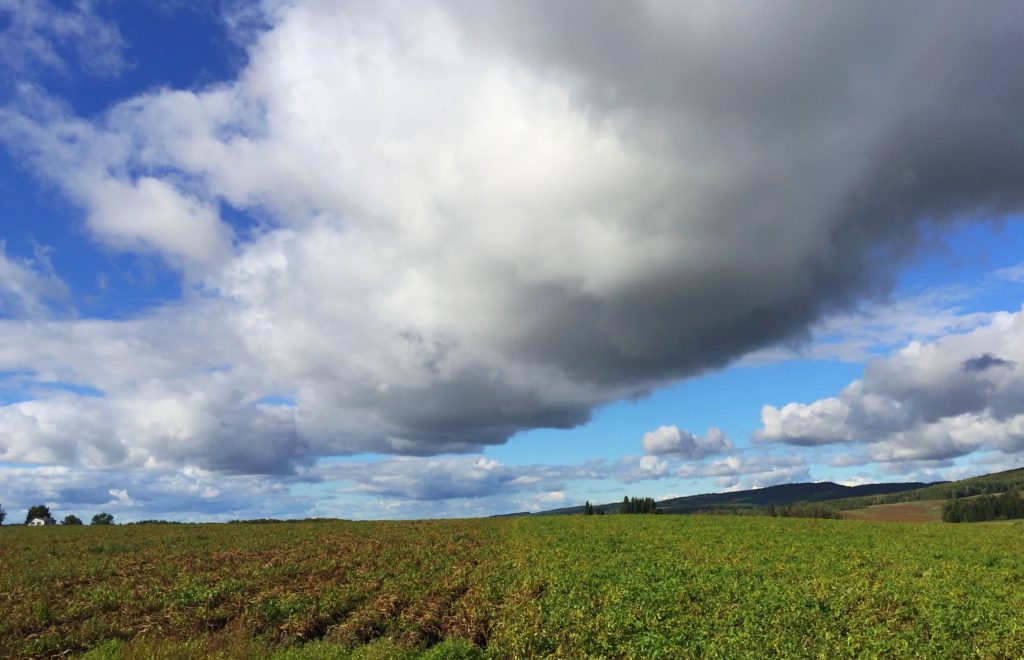Sustainability = Environmental Stewardship, Economic Success

(Sponsored) Sustainability is one of the more commonly misunderstood concepts in agriculture today. At times agricultural success, especially higher productivity, is put at odds with ‘sustainability’. This is not necessary, and here’s why.
Sustainable agriculture is, in a nutshell, a system of crop production practices which allow us to meet our current food, fibre and other ag product needs, while simultaneously preserving the resources future generations will require to grow and produce for their needs too. Sustainable production enhances soil health, protects water and air quality, uses renewable and non-renewable resources responsibly, and integrates nature’s own cycles. But — and here’s the part which is too often misunderstood or overlooked — sustainable production also considers financial realities. Since farm production is only possible when farmers are willing and available to farm, sustainability also prioritizes the long-term economic viability of farm businesses.
A farm’s ability to protect the environment and achieve economic success are two sides of one coin. Both can be achieved through the same avenue — increased productivity.
Consider this — increasing yield per acre decreases the cost of production (land, equipment, input, and manhour costs per unit produced), resulting in better returns. Meanwhile, better productivity means fewer acres are necessary to feed the same number of people, translating to more efficient land use and a smaller environmental footprint per unit produced.
One of the most obvious opportunities to increase productivity and, correspondingly, sustainability is by promoting yield in acres where production has dropped over time. An uptick in soil-borne disease can quietly strip away a potato field’s production potential. Also, disease can push farmers into less environmentally sustainable production practices. For example, growers farming tired soils are more likely to apply higher rates of fertilizer, water, and other crop inputs, since disease-compromised roots are less responsive to regular nutrition rates.
There is a solution for the sustainability issues potato growers face. Strike is a selective soil fumigant which manages a wide variety of soil-borne diseases, including verticillium, rhizoctonia, black dot, and common scab. While it seeks and reduces costly pathogens, it simultaneously promotes populations of saprophytes — the beneficial soil organisms which break down organic matter and recycle the nutrients. Strike is designed to revive tired soils, translating to better yield, increased returns, and more environmentally beneficial production practices — all the critical hallmarks of improved sustainability.
If you’d like to read more about how Strike can promote sustainability, check out The Dirt: A Blog.
— By Dr. Chad Hutchinson
Strike is a Federally Restricted Use Pesticide. This article was originally published in Spud Smart.
ADVERTISEMENT | © 2022 TriEst Ag Group, Inc.








